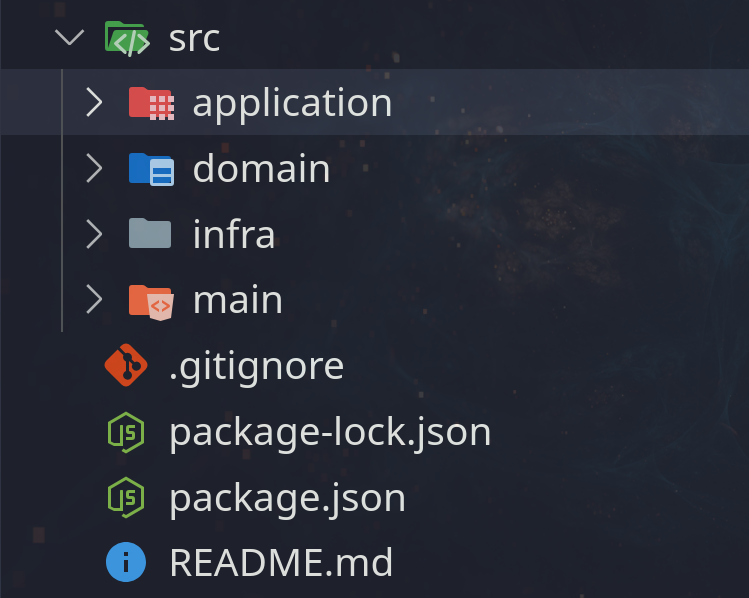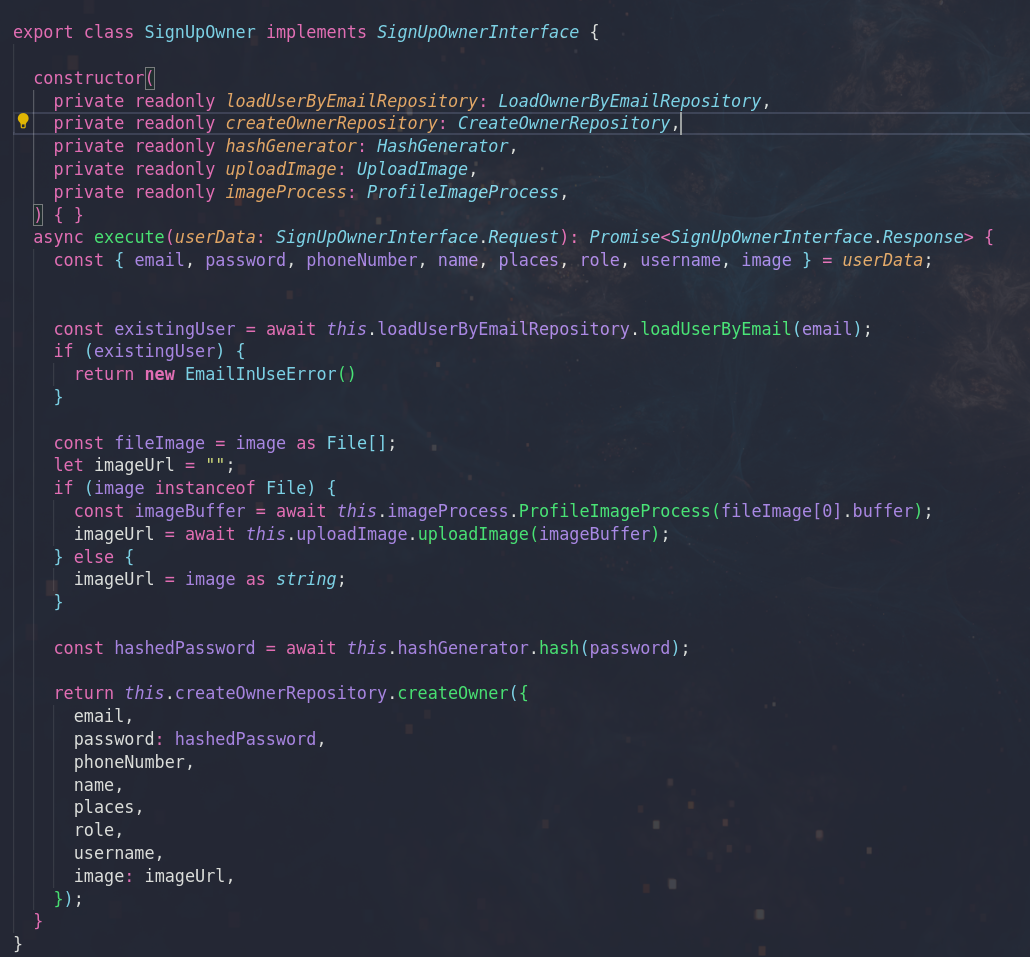Scaling and Organizing Code with Clean Architecture and Typescript
In the realm of software development, maintaining code quality and scalability are paramount. One approach that has gained significant traction in recent years is Clean Architecture. Let's delve into how implementing Clean Architecture can help teams scale effectively and organize their codebases, especially in Node.js Express backends, and why TypeScript plays a crucial role in this context.
Understanding Clean Architecture
Clean Architecture is a design philosophy that prioritizes the separation of concerns and minimizes dependencies on external frameworks, databases, or user interfaces. At its core, Clean Architecture revolves around several key principles:
Key Components
Entities: These represent the core business logic of the application.
Use Cases: These encapsulate application-specific business rules.
Interface Adapters: These act as intermediaries between the business rules and external systems (such as databases or user interfaces).
Frameworks and Drivers: These are external tools and frameworks used for user interfaces and external systems integration.
Advantages of Clean Architecture
1. Maintainability
By structuring code into distinct layers, Clean Architecture makes it easier to understand and modify components without affecting others. This separation reduces the risk of unintended side effects when making changes.
2. Testability
Each layer in Clean Architecture can be unit tested independently. This isolation ensures that testing efforts focus on specific functionalities without the need to integrate with external dependencies, leading to more reliable and efficient testing processes.
3. Scalability
Clean Architecture supports scalability by allowing teams to add or modify components without restructuring the entire codebase. New features can be developed and integrated into the existing architecture seamlessly, facilitating rapid iteration and deployment.
4. Flexibility
Teams can adapt to changing requirements or technologies more easily with Clean Architecture. The decoupling of components means that updates or replacements to external systems (such as switching databases or upgrading frameworks) can be managed without affecting the core business logic.
Clean Architecture Implementation
Implementing Clean Architecture involves a structured approach that begins with defining clear interfaces for our use cases. These interfaces serve as blueprints, outlining the responsibilities and expected behaviors of our application components.
Once the interfaces are defined, we proceed to create specific implementations of these use cases. These implementations encapsulate the business logic and application rules defined in our interfaces.
Throughout our application, including in controllers and other components, we interact exclusively with these interfaces. This practice promotes loose coupling between components and allows us to swap implementations seamlessly, enhancing flexibility and reducing dependencies.

By adhering to this approach, we not only ensure that our codebase remains well-organized and easy to maintain but also streamline our testing efforts. Unit testing becomes more straightforward as we can mock or substitute implementations without affecting other parts of the application.
Why TypeScript?
In Node.js Express backends implementing Clean Architecture, TypeScript offers several advantages:
Type Safety: TypeScript provides static typing that helps catch errors during development. This is crucial for maintaining the integrity of data flow and ensuring that interfaces between different layers of Clean Architecture are well-defined and adhered to.
Interface Management: Clean Architecture relies heavily on interfaces to define contracts between layers (such as between Use Cases and Interface Adapters). TypeScript's support for interfaces allows developers to enforce these contracts rigorously, enhancing code reliability and maintainability.
Code Maintainability: TypeScript enhances code readability and maintainability by providing clear, self-documenting code. This is particularly beneficial in complex applications where understanding dependencies and data flows is essential for making changes without unintended consequences.
Tooling Support: TypeScript integrates well with modern development tools and IDEs, offering features like IntelliSense and refactoring tools that improve developer productivity and reduce the likelihood of errors.
Implementing Clean Architecture in Node.js Express with TypeScript
Project Structure
An effective implementation of Clean Architecture in a Node.js Express backend with TypeScript typically follows a structured project layout:

Application:
Contains use cases and application-specific business logic
Domain
Includes entities representing core business objects
Infrastructure
Implements use cases, repositories, and external system integrations
Main
Entry points, frameworks, and external drivers
code exmaple
here we will have an example of Signup
Interface of the UseCase Sign Up Owner

UseCase Interface Implementation

Controller factory
Now we will inject the controller with the implementation

Controller
As we can see, the controller has no knowledge of the use case implementation. It relies solely on the use case interface. This approach provides several benefits, primarily flexibility during development.
For instance, if we need to change the logic of the signup process within the use case, we do not need to modify the controller code.
Instead, we only need to update a single file where the use case implementation resides. This decoupling ensures that changes in business logic do not affect the controller, making the codebase more maintainable and scalable.

Conclusion
In conclusion, Clean Architecture combined with TypeScript is a powerful strategy for structuring and scaling Node.js Express applications. By embracing these principles and tools, teams can elevate their development practices and deliver superior software solutions that meet the challenges of today's dynamic tech landscape.